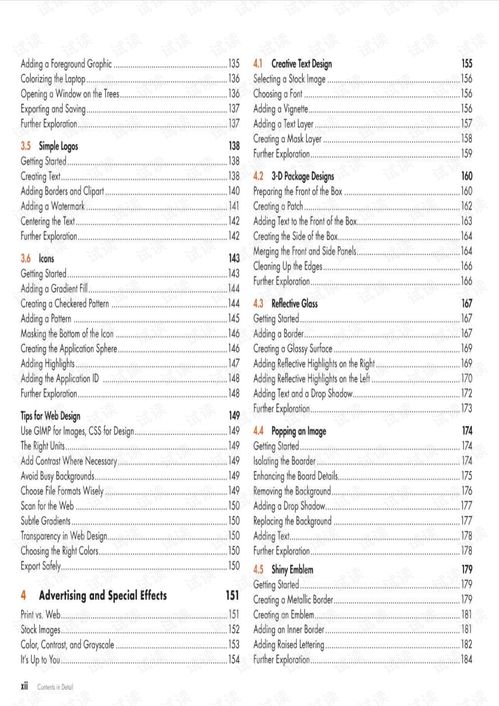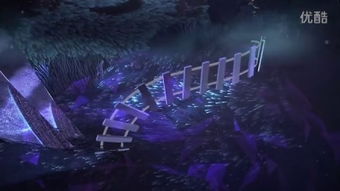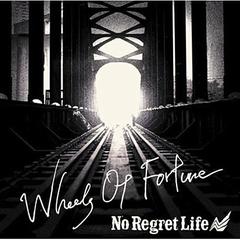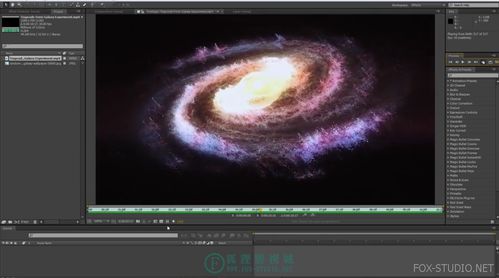Content:
Introduction: Catching crabs can be an exciting and rewarding fishing experience. Whether you're a seasoned angler or a beginner looking to try something new, mastering the art of crab fishing can enhance your outdoor adventures. In this article, we will delve into the essential techniques for successful crab fishing, including the right equipment, bait choices, and fishing methods. So, let's dive in and discover how to hook those delicious crustaceans!
Choosing the Right Equipment The first step in successful crab fishing is to ensure you have the right equipment. Here are some essential tools you'll need:
a. Crab Pot: The most common type of crab pot is the "crab trap," which is designed to trap crabs as they enter but allow them to escape if they try to leave. Choose a pot that is large enough to accommodate the size of crabs you're targeting.
b. Line and Leader: Use a strong line and leader to attach your crab pot to the boat or shore. The line should be long enough to reach the desired depth, but not so long that it becomes tangled.
c. Bait: Selecting the right bait is crucial for attracting crabs. Common bait options include fish heads, chicken parts, and even fresh vegetables like corn or potatoes.
d. Rod and Reel: While crab pots are often left unattended, you may still want to use a rod and reel for spot fishing. A medium-heavy rod with a spinning reel is suitable for this purpose.
Selecting the Perfect Bait The key to attracting crabs lies in choosing the right bait. Here are some popular bait options and their effectiveness:
a. Fish Heads: Fish heads are a favorite among crabs, as they offer a rich source of protein. Tuna, mackerel, and sardines are all excellent choices.
b. Chicken Parts: Chicken parts, such as chicken hearts, livers, or gizzards, are also effective baits. They are easily accessible and have a strong scent that crabs find irresistible.
c. Fresh Vegetables: Fresh vegetables like corn, potatoes, and carrots can be used as bait. These options are particularly effective for catching smaller crabs.
Choosing the Right Location To increase your chances of success, it's essential to choose the right location for crab fishing. Here are some factors to consider:
a. Tides: Crabs are often found in areas with strong currents, such as river mouths, inlets, and coastal areas. Pay attention to the tide schedule and fish during the incoming or outgoing tides.
b. Depth: Crabs can be found at various depths, from shallow waters to depths of 30 feet or more. Use a depth finder to determine the optimal depth for your target species.
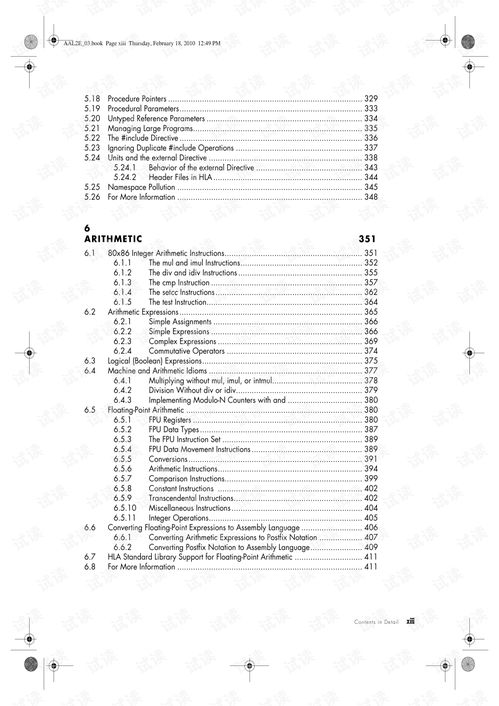
c. Structure: Crabs are attracted to structures like rocks, reefs, and pilings. Look for these features when selecting your fishing location.
Setting Up Your Crab Pot Once you've chosen your location, it's time to set up your crab pot. Follow these steps:
a. Attach the line and leader to the crab pot, ensuring it is securely fastened.
b. Place your bait inside the pot, making sure it is positioned near the entrance.
c. Lower the pot to the desired depth, using the weight attached to the line to keep it in place.
d. If you're using a rod and reel, attach it to the pot and wait for a bite.
Spot Fishing with a Rod and Reel While crab pots are effective for catching multiple crabs, using a rod and reel can be more exciting and allow you to target specific areas. Here's how to spot fish for crabs:
a. Position your rod and reel near the crab pot, ensuring it is within reach.
b. Cast your line out and let it sink to the desired depth.
c. Wait for a bite, which may feel like a gentle tap or a more aggressive pull.
d. Once you feel a bite, set the hook and gently pull the crab to the surface.
Handling and Cooking Your Catch After successfully catching your crabs, it's important to handle them properly to ensure they remain fresh. Here are some tips:
a. Keep the crabs cool by placing them in a bucket of ice or a refrigerator.
b. When it's time to cook, clean the crabs by removing the stomach and gills.
c. Boil, steam, or bake your crabs, and enjoy them with your favorite dipping sauce or side dishes.
Conclusion: Crab fishing can be a thrilling and rewarding experience with the right techniques and equipment. By following these essential tips, you'll be well on your way to mastering the art of crab fishing. So, grab your gear, head to the water, and start reeling in those delicious crustaceans!

